Category: Features
-
The King Follett Discourse
The irony of the King Follett Discourse is that it is the most famous discourse given by the Prophet Joseph Smith, but still rarely quoted in general conference or other official publications of the Church of Jesus Christ of Latter-day Saints. In a recent From the Desk interview, James Falcouner discussed some of the reasons…
-
Women of the Hebrew Bible
In a culture that is often male-centric, it can sometimes be easy to overlook women in the scriptures. While very few are mentioned by name in the Book of Mormon or the Doctrine and Covenants, the Bible has many women who are mentioned by name and featured in the stories therein. In a recent From…
-
George D. Watt’s Journey
I’ve heard it said before that Leroy Anderson was America’s best-known forgotten composer. It could likewise be said that George D. Watt is Mormonism’s best-known forgotten reporter. In a recent interview at From the Desk, Kurt Manwaring discussed why Watt is important and the recent publication of his 1851 journal with LaJean Carruth and Ronald…
-
Mormon Doctrine, McConkie, and Modern Mormonism
Bruce R. McConkie stands in an interesting place in the history of the Church. For some, he holds a place in the upper echelons of a pantheon of Latter-day Saint thinkers and writers who have shaped, advocated, and defended the doctrines of the Church of Jesus Christ of Latter-day Saints. For others, he is seen…
-
The Constitution of the Council of Fifty
What is the Kingdom of God? If it were a political entity, how would it be organized? What sort of charter would it have? In a recent interview with Kurt Manwaring at From the Desk, Nathan Oman discussed an early effort to think through these types of questions in the Church of Jesus Christ of…
-
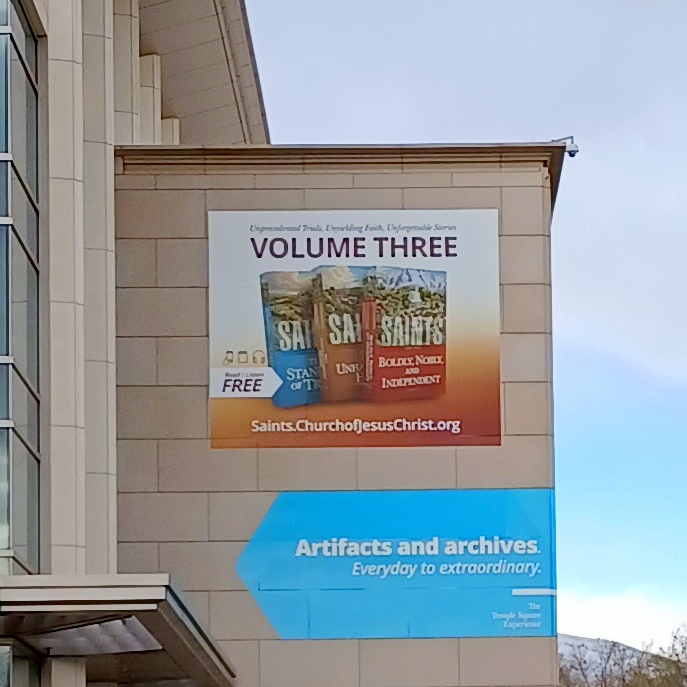
Saints, Volume 3: A Review
Saints: The Story of the Church of Jesus Christ in the Latter Days, Volume 3: Boldy, Nobly, and Independent, 1893-1955 is a fantastic addition to the Church’s official histories. Picking up after the ending of the previous volume at the dedication of the Salt Lake City Temple, this volume begins with the Chicago World’s Fair in…
-
Robert Eaton on Henry B. Eyring
Truman G. Madsen once said that: When people ask me: ‘Why are you so preoccupied with reading the life and teachings of Joseph Smith?’ One answer, and it is the most powerful one, in my heart, is because he is like a window, through which I can see the living Christ. (https://www.fromthedesk.org/truman-madsen-biography/) Occasionally, other Church…
-
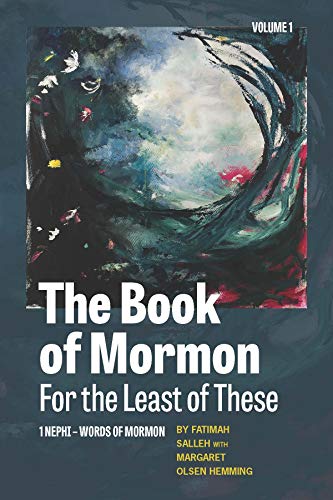
Loving the Book of Mormon Prophets without Accepting Their Prejudices: A Review of “The Book of Mormon for the Least of These, Volume 1”
A while back, a friend sent me an uncomfortable text. She is not a member of the Church of Jesus Christ of Latter-day Saints, but someone had given her daughter the old illustrated Book of Mormon Stories book, and her daughter came across the passage in Second Nephi when Nephi narrates that Laman and Lemuel’s…
-
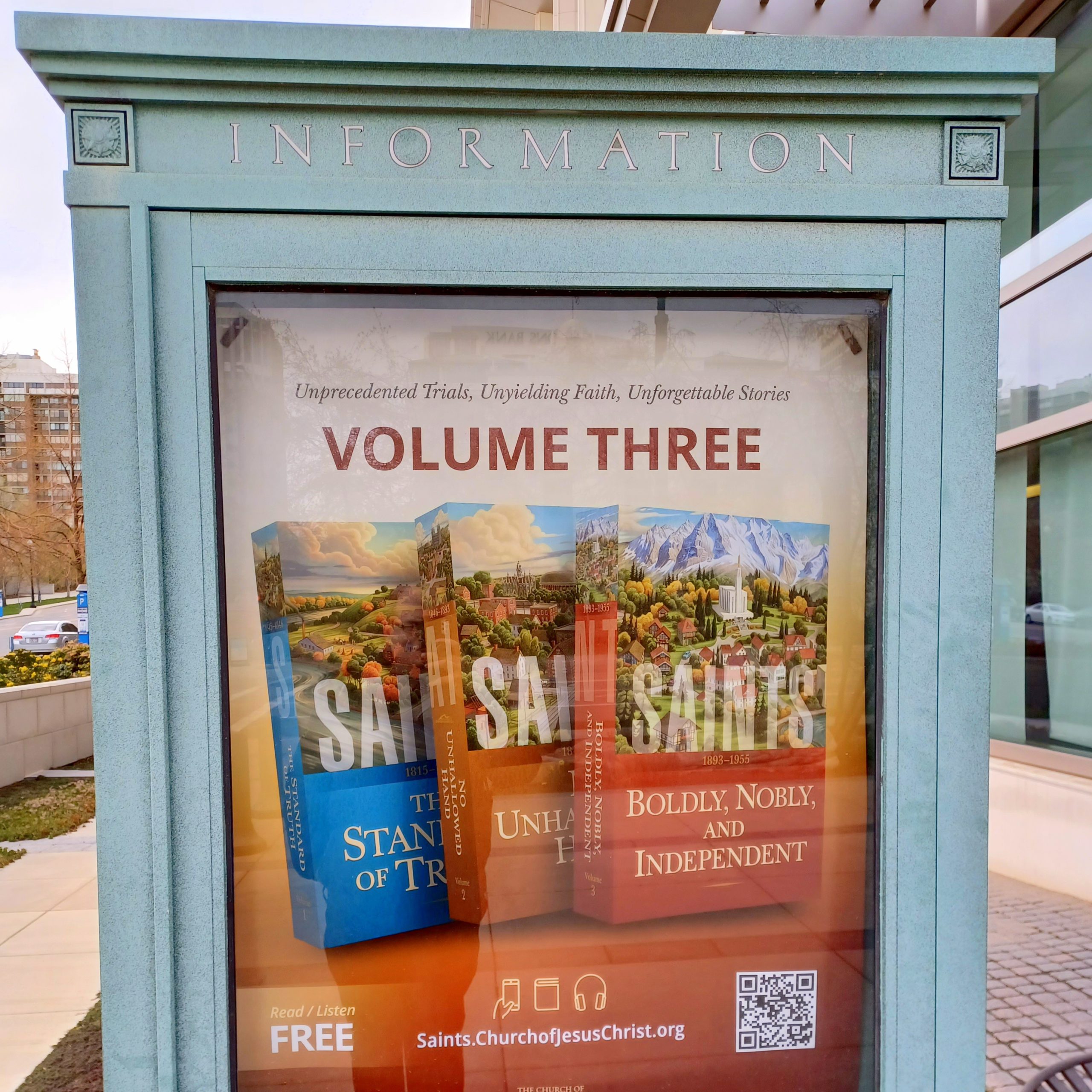
Saints 3: Thoughts from Scott Hales and Jed Woodworth
I hope by now it’s apparent that I am a fan of the Saints history series and that I’ve been really looking forward to Volume 3, which comes out on the 22nd. I will say, it’s fantastic, but you’ll get to read more of my thoughts next week. Today, however, Kurt Manwaring published an interview with Scott…
-
Mother in Heaven: The Quotes Behind the Essay
On the Saturday evening session of General conference, Elder Renlund stated that: “Very little has been revealed about mother in heaven but what we do know is summarized in a Gospel Topic found in our Gospel Library application. Once you have read what is there, you will know everything that I know about the subject.”…
-
On Winter Quarters
Sometimes called the “Valley Forge of Mormondom”, Winter Quarters was the primary (thought not exclusive) location that Latter-day Saints in the United States of America lived between their forced exodus from Nauvoo and their efforts to move westward to the Great Basin region. In a recent interview with Richard Bennett, Kurt Manwaring discussed the history…
-
The Book of Abraham Book
I once had a teacher who loved to say that: “The more you know, the more you know you don’t know.” To some degree, this is not infrequently the case when it comes to studying issues in the history of the Church of Jesus Christ of Latter-day Saints. Let’s Talk About the Book of Abraham…
-
Of Brigham and Bridger
Jim Bridger and Brigham Young are two very important people in the Euro-American colonization of the American west. Their relationship with each other, however, was complicated. Kurt Manwaring recently discussed that relationship with Jerry Enzler in connection with Enzler’s biography, Jim Bridger: Trailblazer of the American West. What follows here is a copost to the…
-
Margarito Bautista – A Forgotten Revolutionary in Latter-day Saint History
Elisa Eastwood Pulido’s biography, The Spiritual Evolution of Margarito Bautista (Oxford University Press, 2020), provides a fascinating glimpse into one of the more significant but controversial figures in the history of The Church of Jesus Christ of Latter-day Saints in Mexico. An important founding figure among Mexican Latter-day Saints, Bautista was a successful missionary who helped to…
-
Open Questions in Latter-day Saint Doctrine
Recently, Kurt Manwaring let me know that there was an issue of BYU Studies that had recently come out that I feel like will be a very impactful issue moving forwards. The issue–also published as a book entitled Yet to be Revealed–focuses on unanswered questions in Latter-day Saint theology and brings an impressive array of big names…
-
Studying the Words of The Relief Society Presidency
If the 5-year cycle for Relief Society General Presidencies that has been followed for 20 years holds true, the current Relief Society Presidency is likely to be released at this upcoming general conference. With that in mind, I recently decided to go through and read all of the general conference talks given by members of…
-
Let’s Talk about the Book of Abraham–a Review
Kerry Muhlstein’s Let’s Talk about the Book of Abraham Is the latest entry in a series that Deseret Book has been publishing to address controversial or touchy topics in the Church. Based on my experience with Brittany Chapman Nash’s Let’s Talk About Polygamy (the previous volume in this series of books), I had expected something…
-
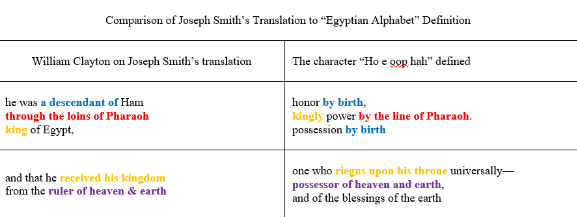
Translating the Kinderhook Plates
The Kinderhook plates provide an interesting incident in Church History that provide an interesting test case for how Joseph Smith approached translation. What are these plates? What can we learn about Joseph Smith from the incident? Well, Mark Ashurst-McGee and Don Bradley recently sat down with Kurt Manwaring for an interview to discuss what they…
-

The Contradictory Commands, Part 1: Isn’t It About … Time?
One Sunday while I was on my mission, I was asked to teach the Gospel Principles class. The class was very small (just the missionaries and one part member family we’d been teaching), and the subject was the Fall of Adam and Eve. I remember this lesson, because I was explaining conditions in the Garden…
-
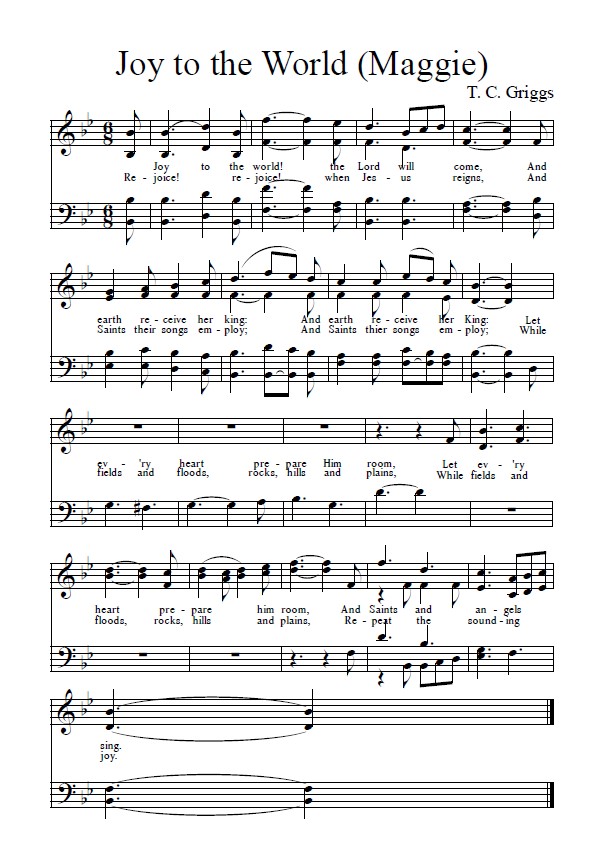
“As we commemorate the birth of Jesus Christ”
Of all the Christmas carols in the English hymnbook, the one with the longest association with the Church’s hymnals is “Joy to the World.”[1] It’s probably fitting, then, that the “Come, Follow Me” materials for this week reference it. The reading material for the week is the document “The Living Christ,” published by the First…
-
Peace and Zion
For me, one of the most beautiful concepts in the Church of Jesus Christ of Latter-day Saints is the idea of Zion. Yet, to achieve that ideal, we are going to have to think and act radically differently than we are accustomed to thinking and acting. In a recent interview with Kurt Manwaring, Patrick Mason…
-
“The long-promised day has come”
Official Declaration 1 has some supplementary materials included in the Doctrine and Covenants in the form of three excerpts from different addresses where he explained the reasoning for the change. I’ve often mused on the idea of what would an analogous set of supplementary quotes look like for Official Declaration 2. At one point, I…
-
“All that God has revealed, all that he does now reveal, and … that he will yet reveal”
A few years ago, President Dieter F. Uchtdorf shared the following thoughts in general priesthood session: Sometimes we think of the Restoration of the gospel as something that is complete, already behind us—Joseph Smith translated the Book of Mormon, he received priesthood keys, the Church was organized. In reality, the Restoration is an ongoing process;…
-
John Sillito’s B. H. Roberts: A Life in the Public Arena (book review)
In traditional Christianity, there are significant figures known as the Early Church Fathers who are noted as influential Christian theologians and writers who established the intellectual and doctrinal foundations of Christianity as we know it today. While the Church of Jesus Christ of Latter-day Saints is still a form of Christianity and is indebted to…
-
“To Whom It May Concern”
I’ve said it before, and I’ll say it again, that I find it odd that Official Declaration 1, Official Declaration 2, and the Articles of Faith are all crammed into one week while The Family: A Proclamation to the World gets its own week. I mean, the Articles of Faith alone has two major classic…
-
Hearing leaders teach in their own languages: October 2021 General Conference edition
Do you remember that time when speakers in General Conference were allowed to speak in their own languages? In September of 2014, the Church put out an announcement that “General Conference Speakers Now Can Use Native Language”! But it didn’t last long. A year later, a Church spokesperson told a news outlet that the First…
-
Brian and Laura Hales on Polygamy
‘Tis the season … to talk about polygamy, apparently. Kurt Manwaring recently sat down with Brian and Laura Hales for a question and answer session about polygamy. They have spent decades researching and writing about plural marriage (past and present), approaching the subject as faithful members of the Church of Jesus Christ of Latter-day Saints. …
-
“I saw the hosts of the dead”
President Joseph F. Smith’s Vision of the Redemption of the Dead is one of the most recent documents to be included in our cannon (only followed by Official Declaration 2). Experienced on 3 October 1918 and recorded shortly thereafter, the vision outlines the underlying theology behind proxy work for the dead that we perform in…
-
An Interview with Reverend Dr. Andrew Teal
Have you ever met anyone who, through their example and experiences, leads you to seek deeper for God and Christ in your own life? Reverend Dr. Andrew Teal (a chaplain, fellow, and lecturer in theology at Pembroke College, Oxford University) is one of those types of people. Recently, he has been a visiting resident scholar…
-
“The Word and Will of the Lord”
There is a story about President David O. McKay where a youth who wasn’t active in the Church flippantly asked him, “When was the last time you talked to God, President McKay?” President McKay answered in all seriousness that: “It was last week.” The person who shared the story noted that: “He left everyone wondering…
